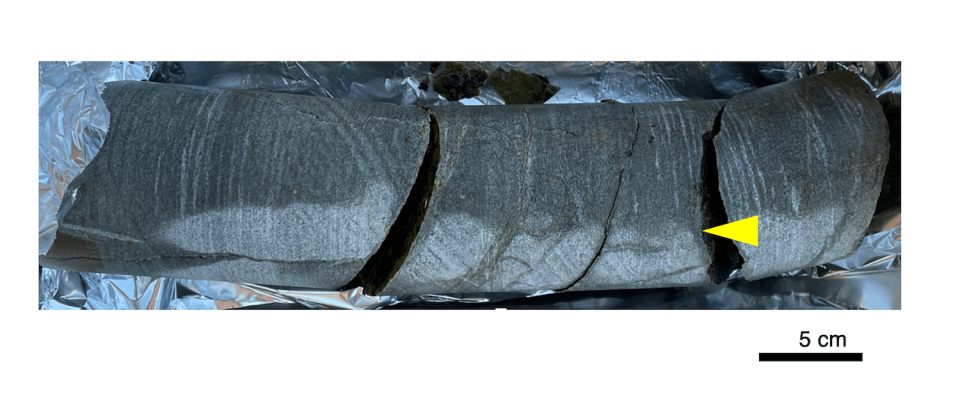A sealed rock fracture, nearly 50 feet underground, has been home to microbes for the past two billion years – the oldest life ever discovered under such conditions. The nearly five-foot-tall sample, unearthed beneath the Bushveld Igneous Complex in South Africa, dates back a whopping 1.9 billion years older than the previous microbial record holders. The finding could help researchers better understand the earliest stages of the disease evolutionary life not only on earth, but on Marsalso.
The findings, published Oct. 2 in the journal Microbial ecologycome from a team from the University of Tokyo’s Department of Earth and Planetary Sciences, who confirmed the claim previous oldest known life forms in 2020.
“We didn’t know if 2-billion-year-old rocks were habitable… so this is a very exciting discovery,” said Yohey Suzuki, lead author of the study and associate professor at the University of Tokyo’s Graduate School of Science, said in a statement on Thursday.


Discovering microbes hidden from the surface world for centuries required building on researchers’ previous methodologies for determining an organism’s age and origin. This required combining three types of imaging approaches – electron microscopy, fluorescence microscopy and infrared spectroscopy – to confirm whether the microbial life was really that old, or whether it emerged from accidental contamination during excavation and analysis. After staining the cells’ DNA, researchers looked at the proteins of the microbes and their surrounding clay habitat, and determined that they were both alive and native to the crevice sample.
That the microbes have been able to persist longer than almost any other life on Earth is likely due in large part to their habitat. Located in northeastern South Africa, the Bushveld Igneous Complex (BIC) is a region of approximately 41,000 square kilometers known for its rich ore deposits, including an estimated 70 percent of all platinum mined. Billions of years ago, volcanic magma cooled incrementally beneath the Earth’s surface in areas as thick as 9.0 kilometers.
These formations have remained largely unchanged since then, but also contain small fissures where microbial life became densely packed. At the same time, clay sediment covered all the holes near these cracks, trapping the tiny organisms inside while nothing else could get in. Experts theorize that the stability of microbial life could continue at an extremely slow pace with little to no evolutionary changes. With further exploration, the team hopes to be able to detail what some of the earliest life on the planet looked like billions of years before the arrival of humans.
Future findings are not necessarily limited to expanding our understanding of how organisms have evolved over time on Earth. The research team hopes that their additional discoveries could one day also help in the search for evidence of life on Mars.
“NASA’s Mars rover Perseverance will currently bring back rocks that are approximately the same age as the rocks we used in this study,” Suzuki explains. “Finding microbial life in samples from Earth… makes me excited about what we might now find in samples from Mars.”







